Problem Statement
Eight years ago, I spent three months working as a wildlife safari guide in a wilderness community in South Africa. During my time there, I met a number of people whose kindness blew me away even as their flagrant racism and heinous actions unsettled me. Those three months were a formative time for me, but I've always struggled to tell the story for fear of mischaracterizing it. My perspective on the events is as valid as anyone else's. Might there be a way to make the story a little less biased?
Outcome
Six Issues of the Hornbill Monthly & Other Evidence of a Crime is a work of fiction based, in part, on true events. The meat of the novel is six consecutive issues of a magazine published by the residents of Hornbill Reserve, a fictitious gated community abutting Kruger National Park, in South Africa. The novel begins when its idealistic protagonist, Neil, joins the community, and the novel ends when he leaves South Africa six months later, after setting Hornbill Reserve on fire. Upon his departure, the magazines, along with other objects in his possession, become a deconstructed narrative of what happened. The book includes printed articles, hand-written diary entries, illustrations, photographs, and advertisements. Besides Neil, other notable characters include an ecologist/assassin named Conrad, a hotelier/zealot named Jenna, a zebra named Nwana, and a monkey named Obama.
Prologue
Early October in Kruger National Park, in South Africa, and the wilderness is ripe for burning. The trees quiver with crinkled leaves. Shafts of tall russet choke the clearings. Throughout the woodland, creatures are moving, hunting, eating, fucking with a singular urgency. Squint at the swarms of flies, at the dust kicked up by thirsty elephants, and the signs are clear. A great purge is coming.
In a small camp deep in the woods, I awaken on the morning of my twenty-first birthday with a headache. It’s a familiar feeling for a freshly minted college grad, but on this occasion alcohol is not to blame. I have moved here from America for my dream job, and things aren’t going quite as I expected. It seems only yesterday that I was walking down streets caked with dried frat-boy vomit. At graduation, three months ago, a hurricane brought an elm crashing down on my rusty old Honda (my largest asset). At the time, it had felt like adversity. The big bad world, a cosmic conspiracy to stop short my destiny.
And look at me now.
Last evening, there was a death in camp. Let’s be more specific: a murder. I am relieved it wasn’t me; it very nearly might have been. But I’m also upset. No one deserves to be shot in the head at the peak of their youth, that too for doing exactly what I would’ve done in their position. We’re all trying to survive, aren’t we?
Tomorrow I am scheduled for an interview with the Hornbill Monthly, and I’ve decided not to hold back. If I burn, we all burn. I lie in bed and watch the article’s clickbait-y headline fall into place.
Obama-Namesake Monkey Killed by Owner
Pet Monkey’s Murder An Act of Mercy, Killer Contends
Obama the Monkey Murdered; White Killer in Mourning
At Least Obama Died Free, Says Monkey Killer
Journalism’s best-kept secret: a story is never as biased as when it is retold. How do I describe the good deeds of a terrible man? What about the evil deeds of a good man? How important is a monkey’s death, really? Does my answer change if the monkey’s name is Obama? I’m not white, and I’m not black. I’m not a monkey, and I’m barely a man. I’m neither a good person nor an especially bad one. I might say I’m a victim, you might say I’m a hypocrite. We might both be right. I struggle to be definitive about matters of consequence. All I know for sure is this: I’m no longer feel safe here.
I’ve decided to leave South Africa. I fly out tomorrow night. I have a story to tell, but it’ll have to wait. For now, I’m collecting evidence to take with me: photographs, tickets, receipts, and, of course, issues of the Hornbill Monthly. I hope the world believes me. I hope that’s enough.
A Peek Inside
A selection of assets from the book are presented here. Click here for a copy of the first issue of the magazine.
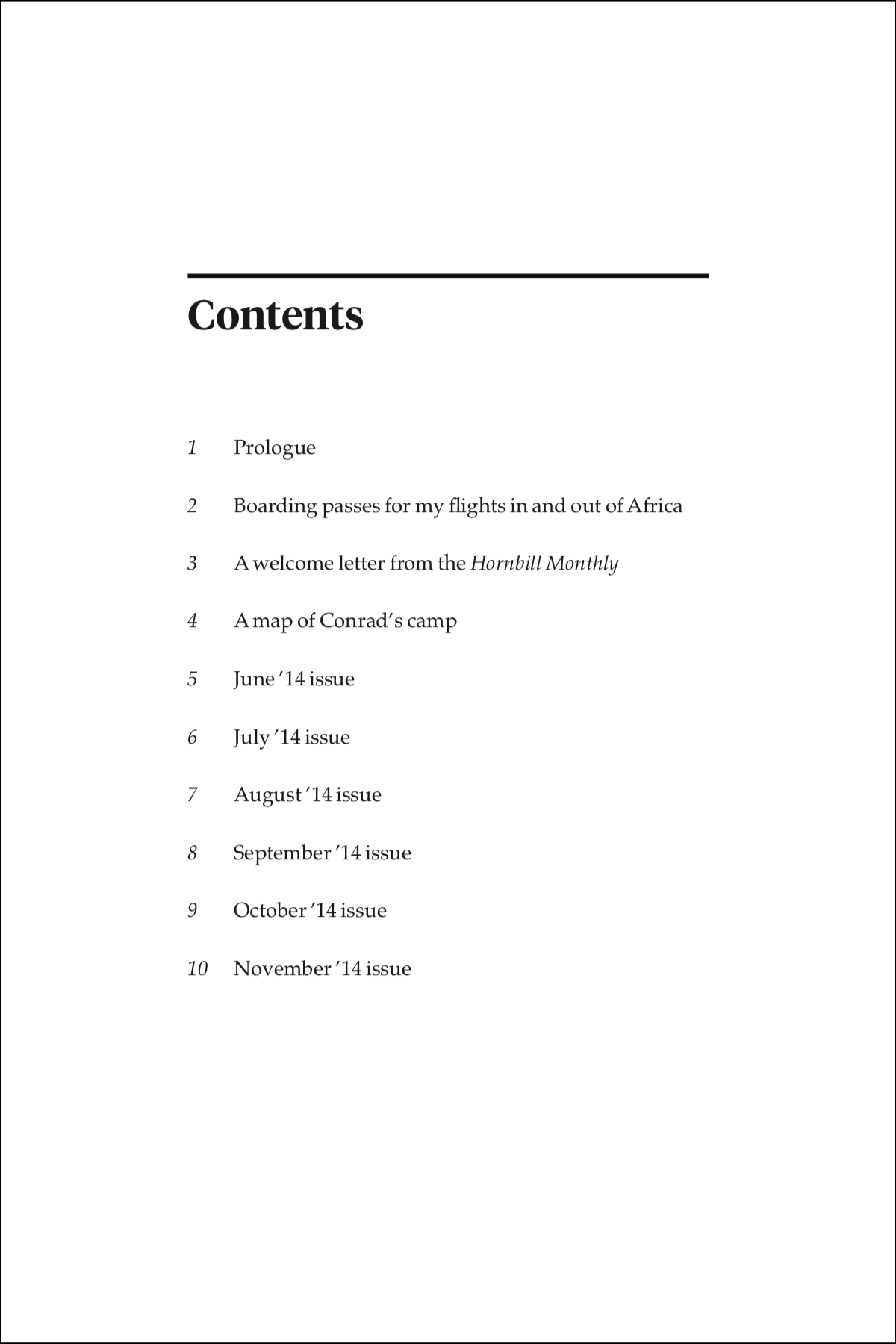
[Figure 1] The table of contents of the novel, which includes six magazine issues as well as other pieces of "evidience."

[Figure 2] An early piece of "evidence" in the book: boarding pass from the flight into Africa.
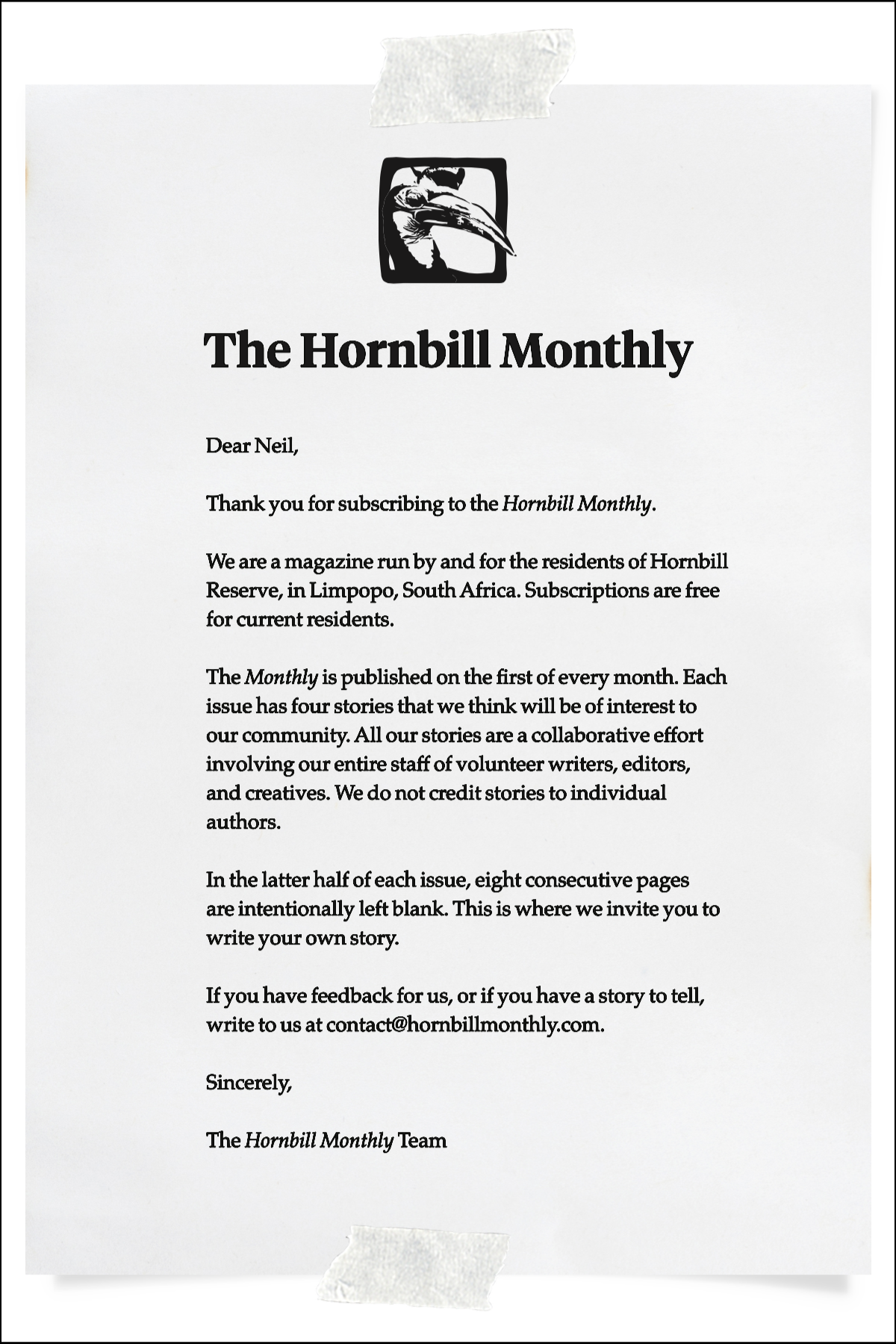
[Figure 3] Another early piece of "evidence"-a welcome letter from the Hornbill Monthly
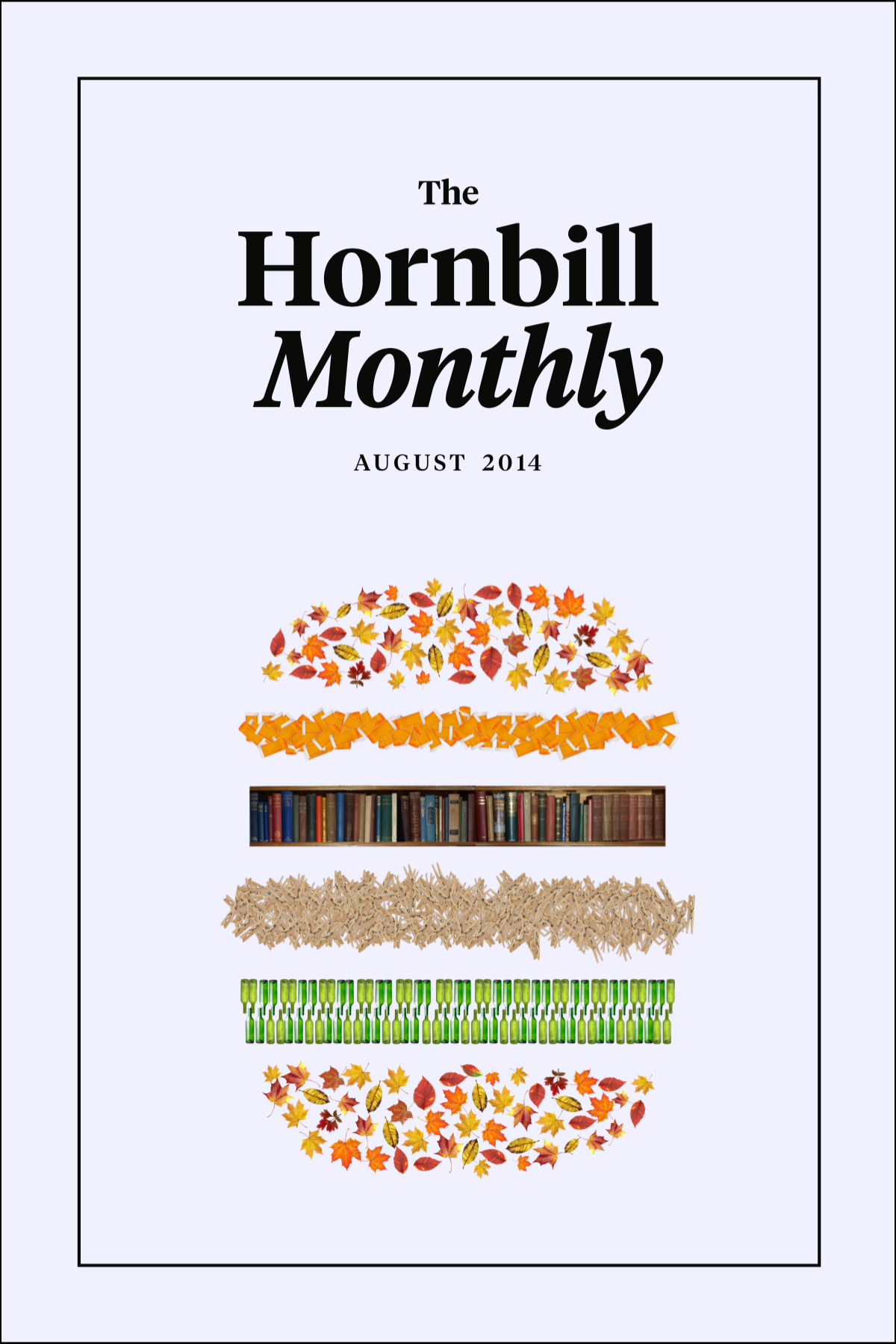
[Figure 4] The cover of the August '14 issue.
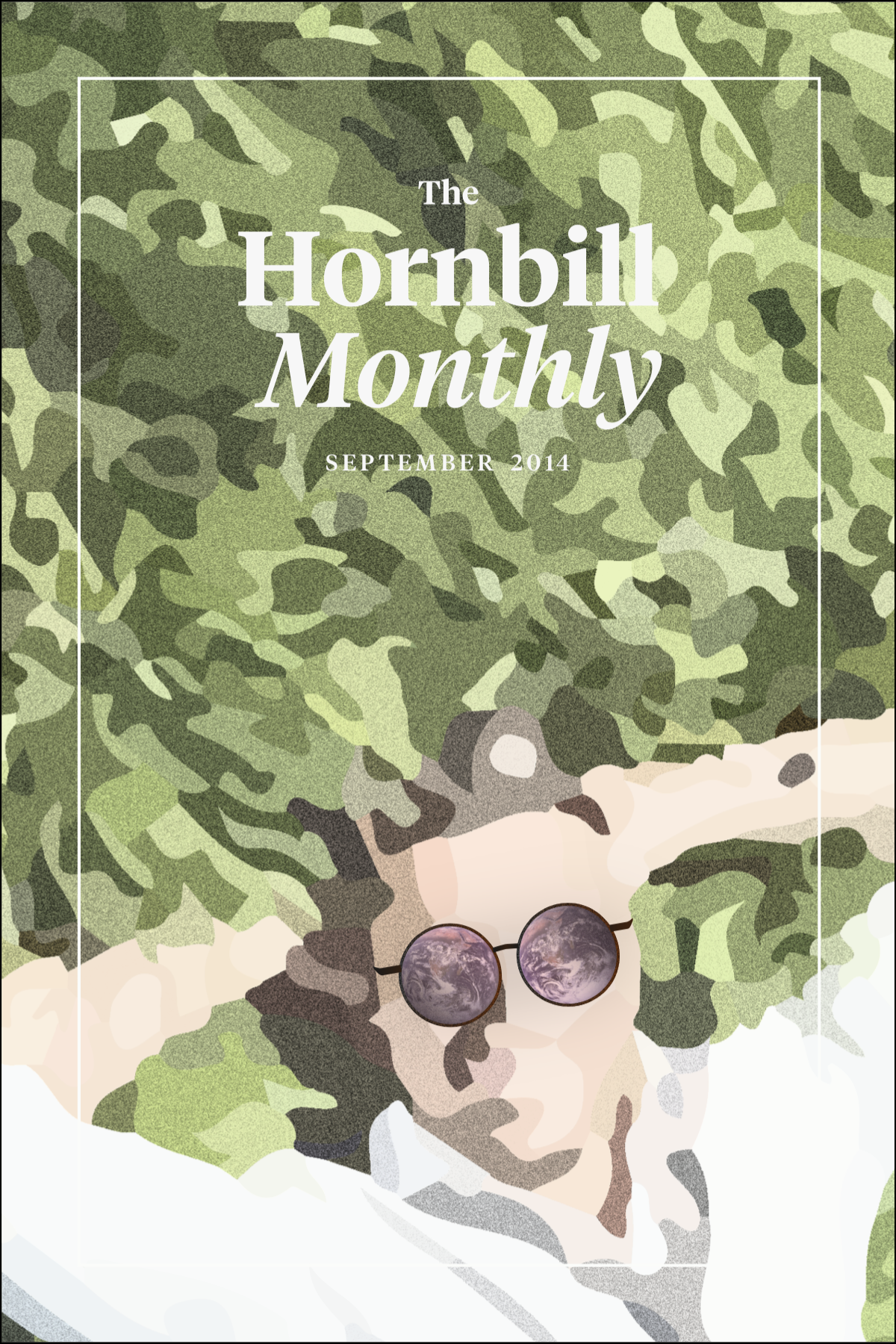
[Figure 5] The cover of the Septemter '14 issue.
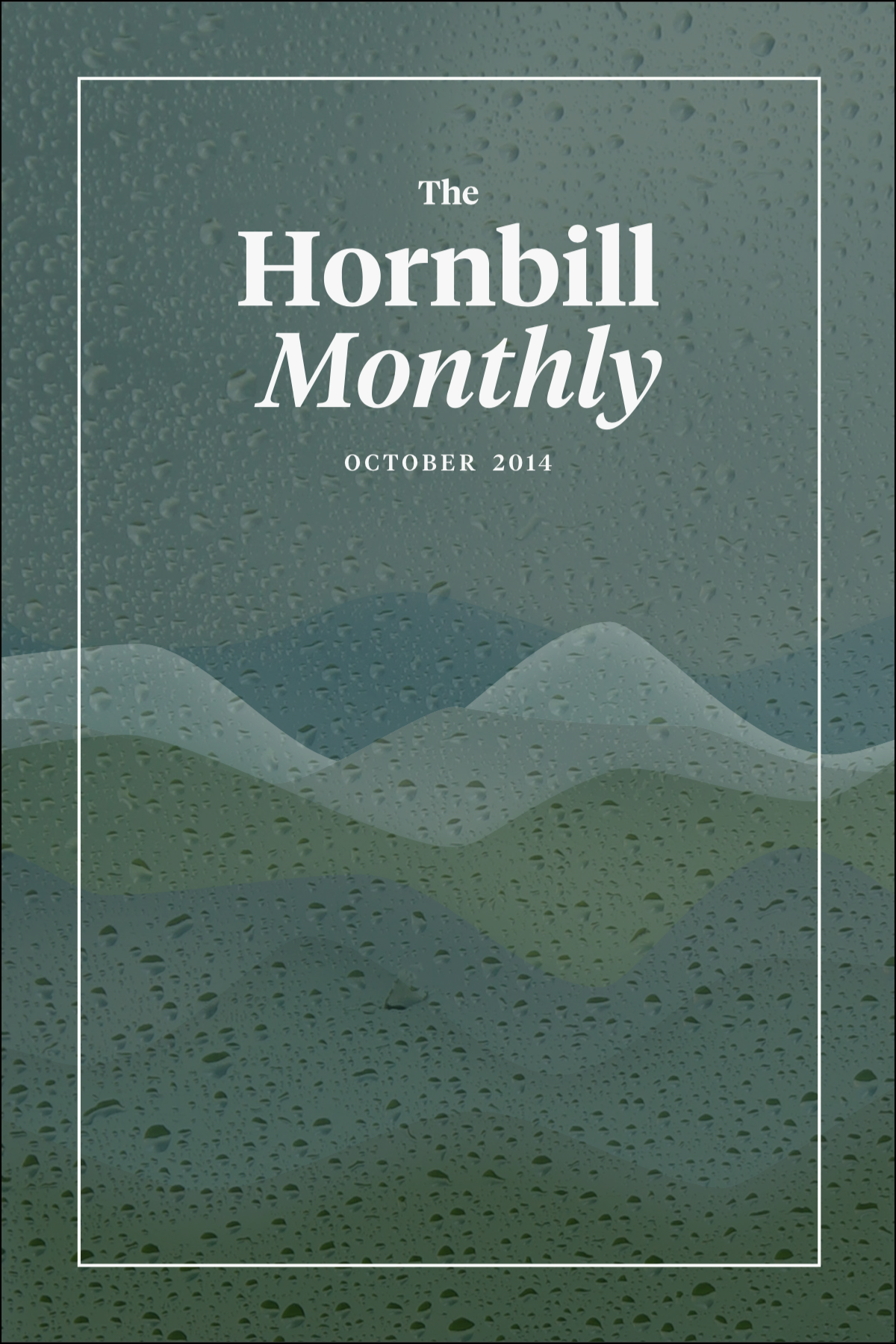
[Figure 6] The cover of the October '14 issue.

[Figure 7] The table of contents from the August '14 issue, plus an adjoining ad.
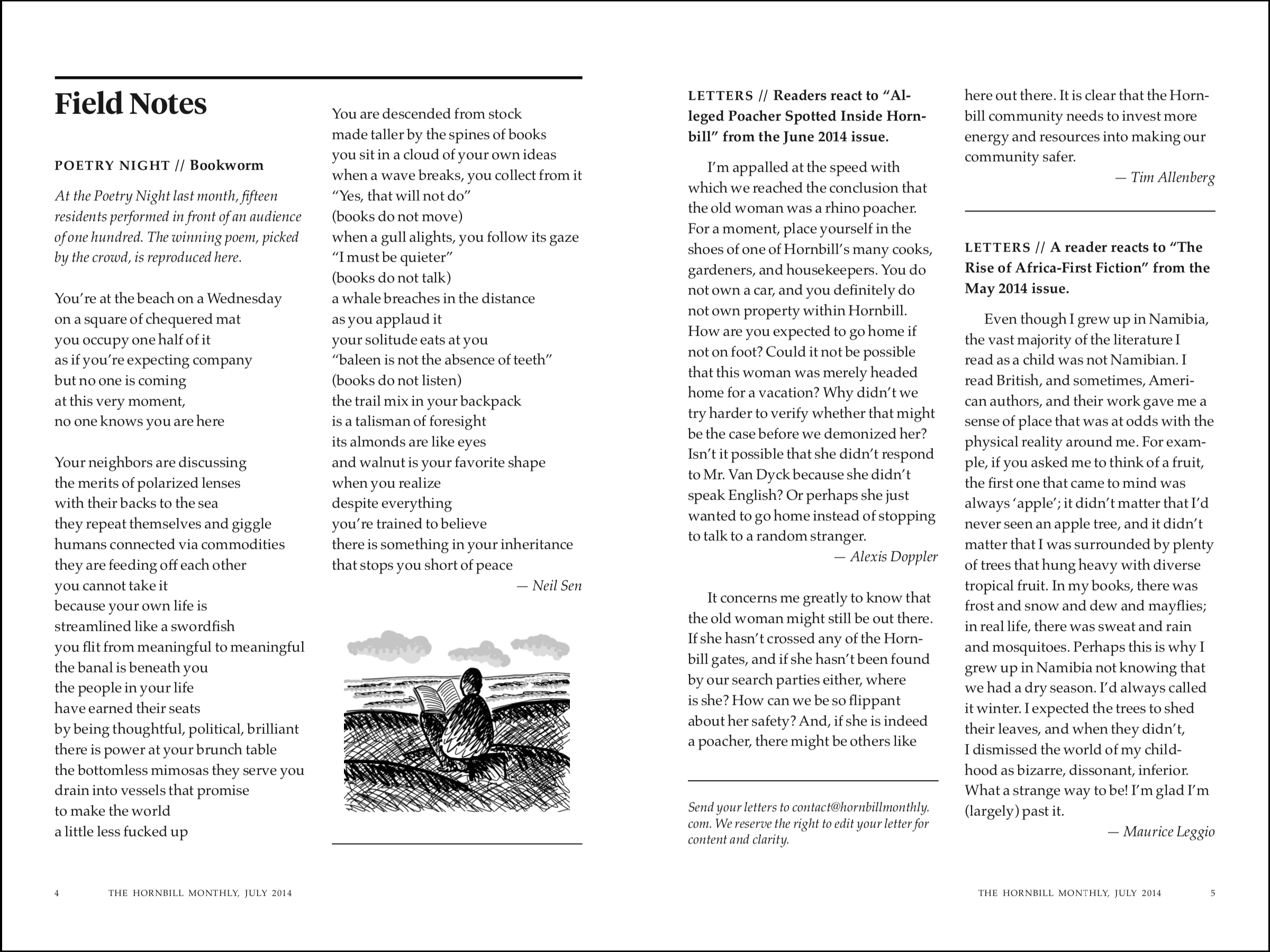
[Figure 8] Two adjacent pages from the July '14 issue.
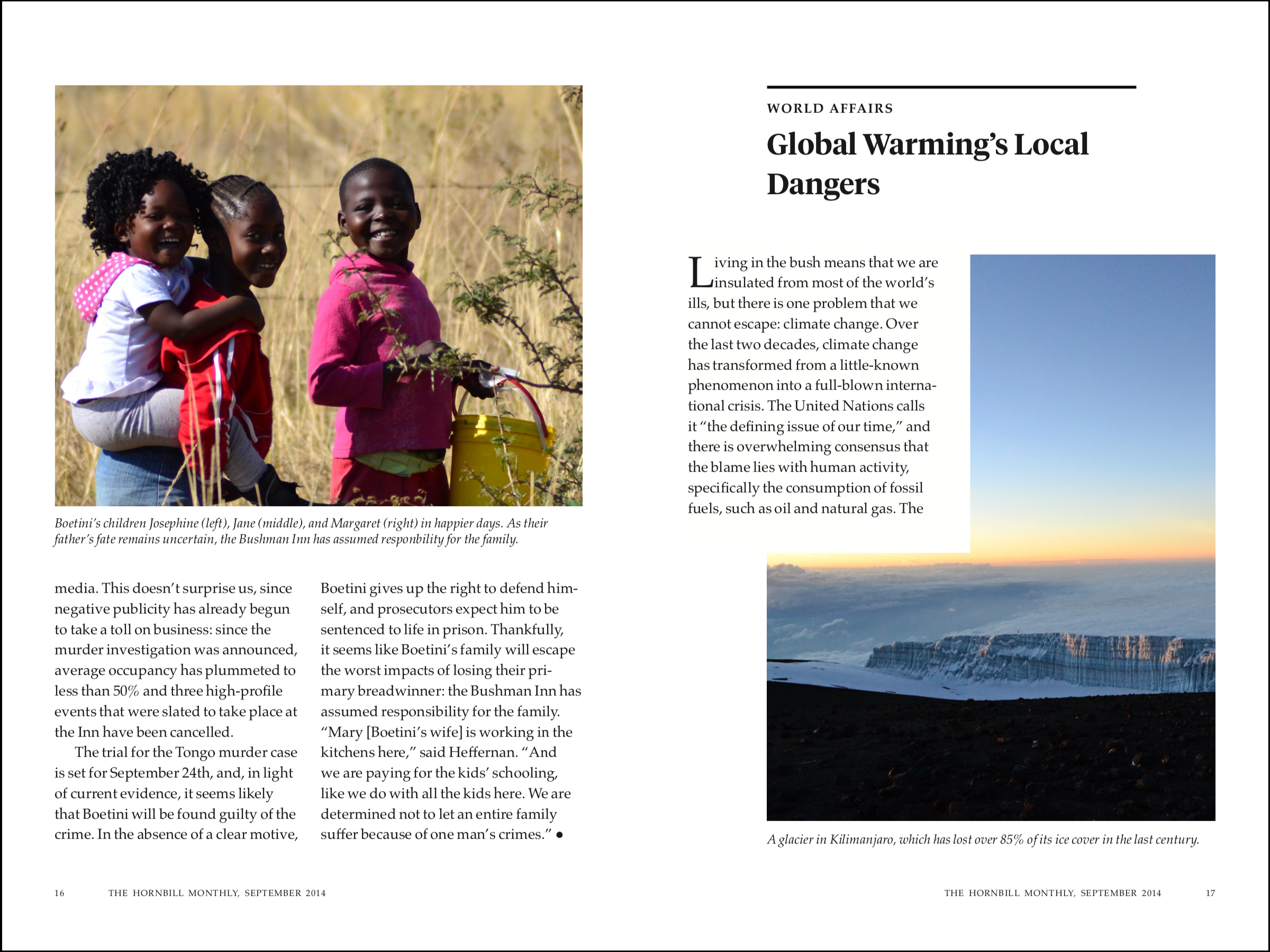
[Figure 9] Two adjacent pages from the September '14 issue.